
In Battery Management Systems (BMS), BMS+Relay, Integrated-Relay BMS, and FET BMS are three different methods for current control and protection. The primary difference between them lies in the components used to disconnect or connect the circuit.
1. BMS+Relay
Composition: This is a system consisting of a BMS main control board and an external, independently installed relay (or contactor).
Working Principle: The BMS main control board is responsible for monitoring the battery status. When an anomaly is detected (such as overcharge, over-discharge, or overcurrent), the BMS sends a signal to control the external high-power relay to open the circuit, thereby protecting the battery.
Advantages:
High Current Handling Capability: The external relay can be selected with different specifications as needed, easily handling hundreds or even thousands of amperes of high current, making it suitable for high-power applications.
High Safety: The relay mechanically disconnects the circuit. Even if the BMS main control board fails, the relay can remain disconnected, providing more reliable protection.
Flexibility: The control of charging and discharging can be implemented by separate relays, providing more precise control.
Disadvantages:
Large Size, Complex Wiring: Requires extra space to install the relay, and wiring is more complex.
Slow Response Time: The action speed of mechanical relays is slower than that of electronic components.
Limited Lifespan: Relay contacts can wear out under frequent switching or high current impact, limiting their lifespan.
2. Integrated-Relay BMS
Composition: This is a design where the relay (usually a smaller solid-state relay or a small mechanical relay) is integrated directly onto the BMS circuit board.
Working Principle: The function is similar to BMS+Relay, but all components are on a single board. When an anomaly occurs, the BMS directly controls the on-board relay to perform the circuit-breaking protection.
Advantages:
More Compact: Since the relay is integrated onto the board, the entire module is smaller and wiring is simpler.
Easy Installation: The integrated design reduces external wiring and simplifies the installation process.
Disadvantages:
Current Limitation: The integrated small relays typically cannot handle very high currents, and their capacity is limited.
Difficult Maintenance: If a relay is damaged, the entire BMS board may need to be replaced, leading to higher repair costs.
Reliability: Under high current impact, the contacts of integrated relays still carry the risk of welding or damage.
3. FET BMS
Composition: This type of BMS uses Field-Effect Transistors (FETs), typically MOSFETs, as electronic switches to control the flow of current instead of mechanical relays.
Working Principle: The FETs control the conduction or cutoff of the circuit based on signals from the BMS control chip, thereby achieving precise control over the charging and discharging paths.
Advantages:
Fast Response: The switching speed of FETs is very fast, responding in milliseconds or even microseconds, providing quicker protection.
Precise Control: Allows for independent control of charging and discharging, for example, allowing charging even after low voltage protection has been triggered.
No Mechanical Wear: As a solid-state switch, FETs have no mechanical contacts and are not subject to mechanical wear, resulting in a longer lifespan.
Small Size, Low Power Consumption: FETs are small, have low switching losses, and are suitable for lightweight and high-efficiency designs.
Disadvantages:
Voltage and Current Limitations: Inexpensive FETs may have limited voltage and current handling capabilities. Under abnormal high voltage or high current impact (e.g., charger failure), FETs may fail and typically short-circuit, losing their protective function.
Heat Generation Issue: Although the on-resistance is very small, heat is still generated under high current, requiring good heat dissipation design.
High Voltage Transient Risk: Sensitive to high voltage transients; excessive voltage spikes can cause permanent damage.

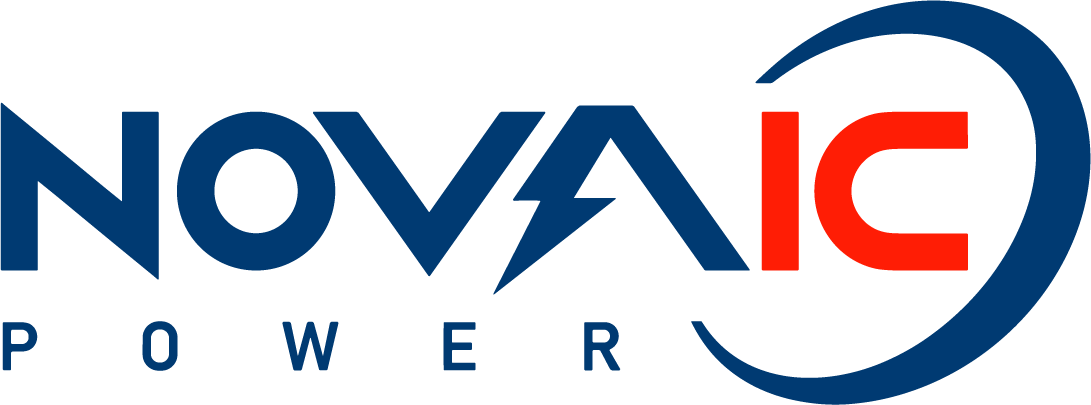
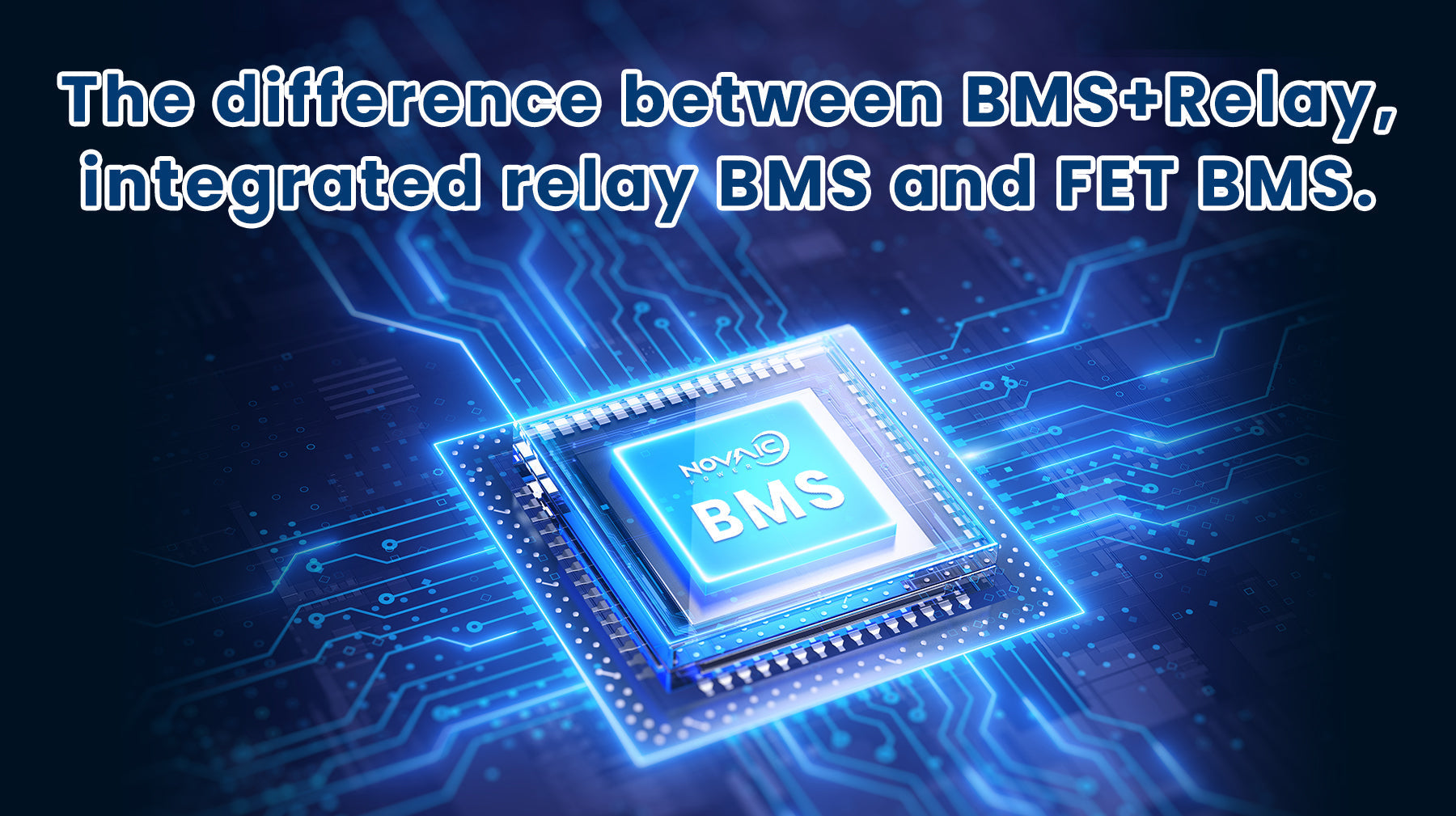
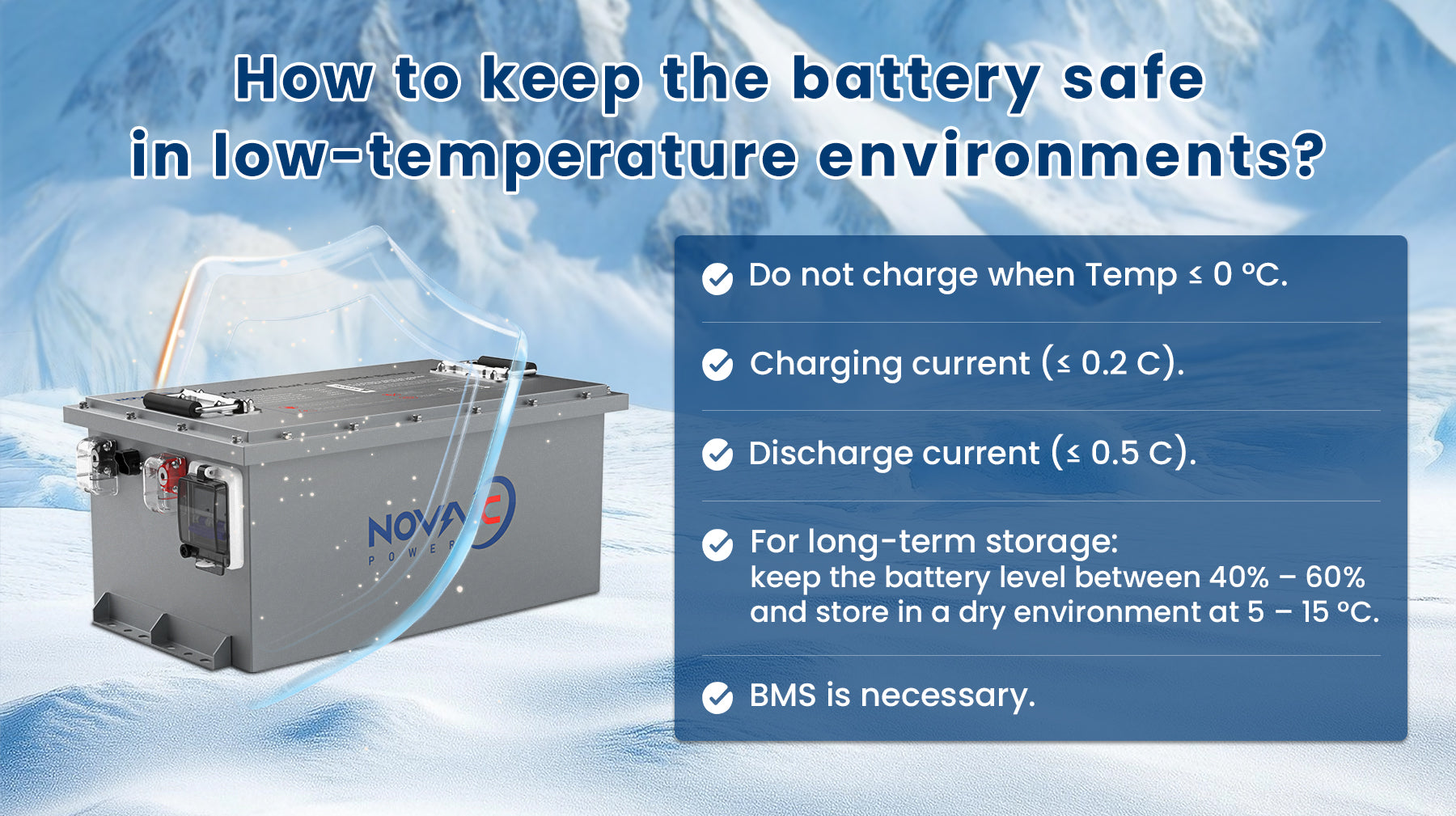
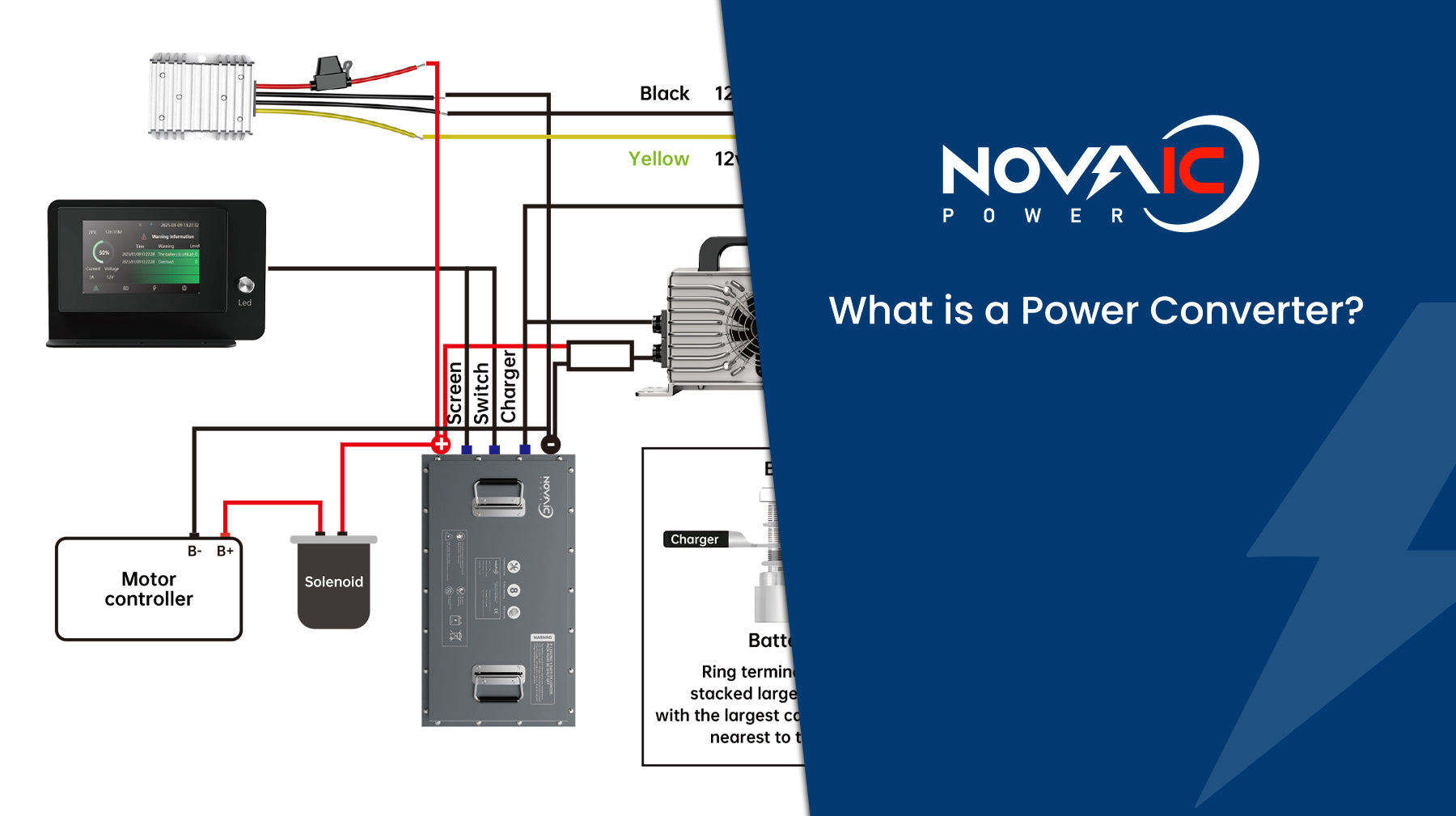









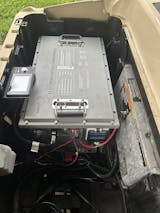




Share:
How to keep the battery safe in low-temperature environments?